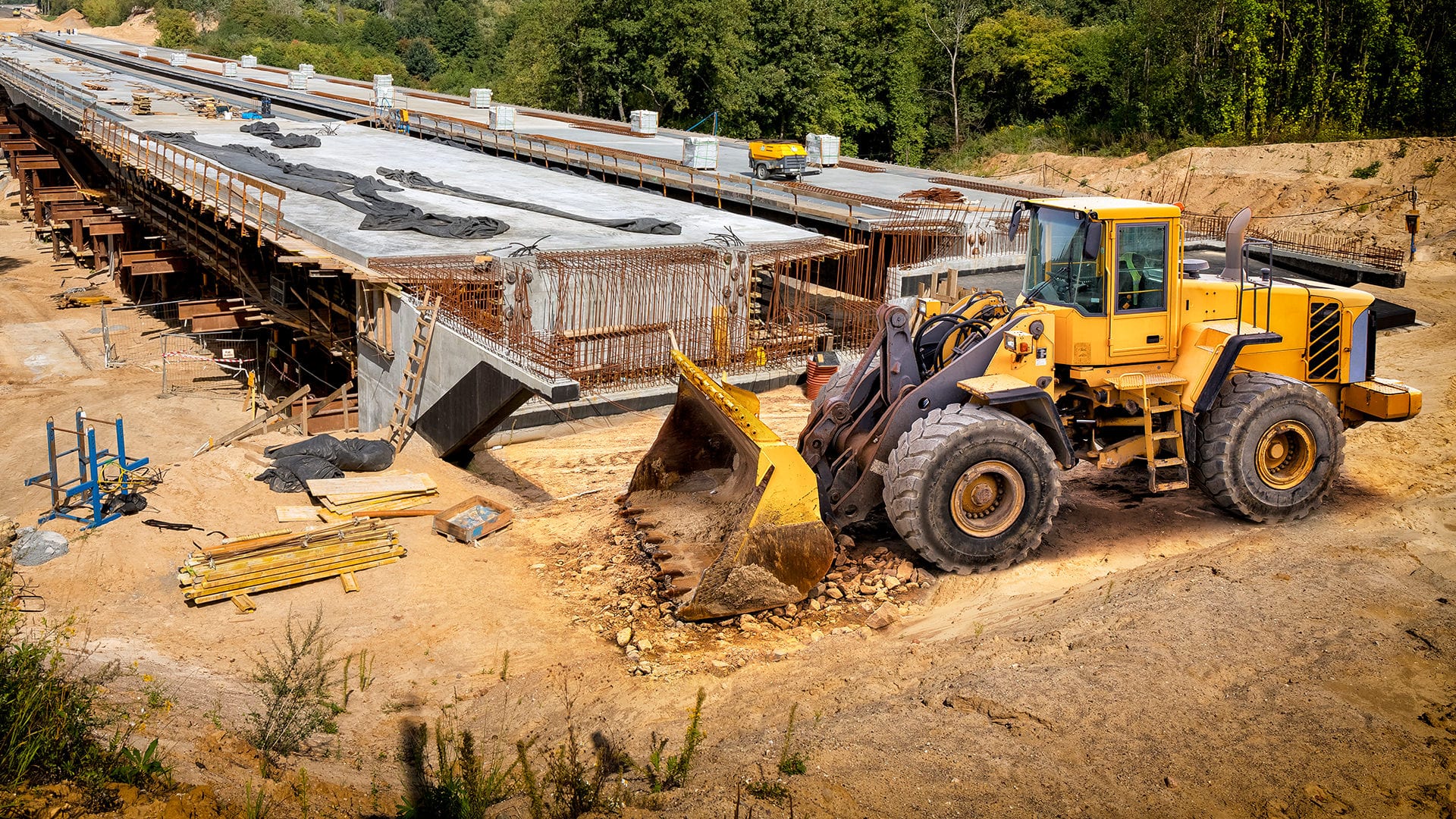
Alleviating traffic congestion. Accommodating growing populations. Addressing safety issues. Enhancing local economies.
Those are just a few of the reasons why road construction projects are so important, and they all equate to helping improve the quality of life for residents and permitting industries to continue to move the American economy forward. Today, there are a variety of ambitious major road construction projects underway on some of the country's most traveled highways. The long-term result will be more than worth it for the people, vehicles, and communities they're designed to serve.
Here's a look at some of these transformative major road construction projects and why they're poised to continue to drive America forward.
1. Florida's I-4 Project
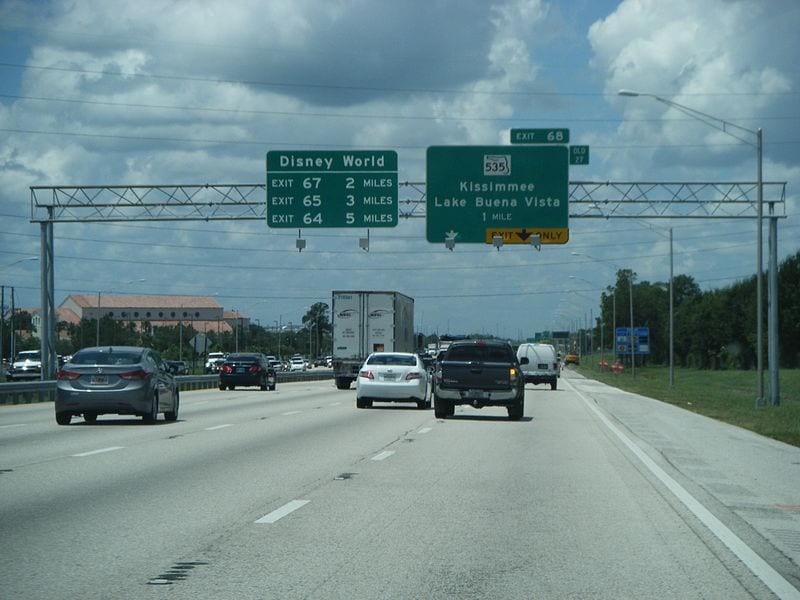
Dubbed the "Ultimate Improvement Project," this 21-mile stretch of Central Florida's most heavily trafficked highway is intended to connect communities better, improve economies, and take the quality of life to a new level. Four new express lanes, widened bridges, bridge replacements, new lighting, enhanced landscaping, and more are included in this project, with substantial completion expected by the end of 2021. Also underway is the I-4 extension project, which aims to improve highways 40 additional miles to the east and west of I-4.
2. California's I-405 Widening Project
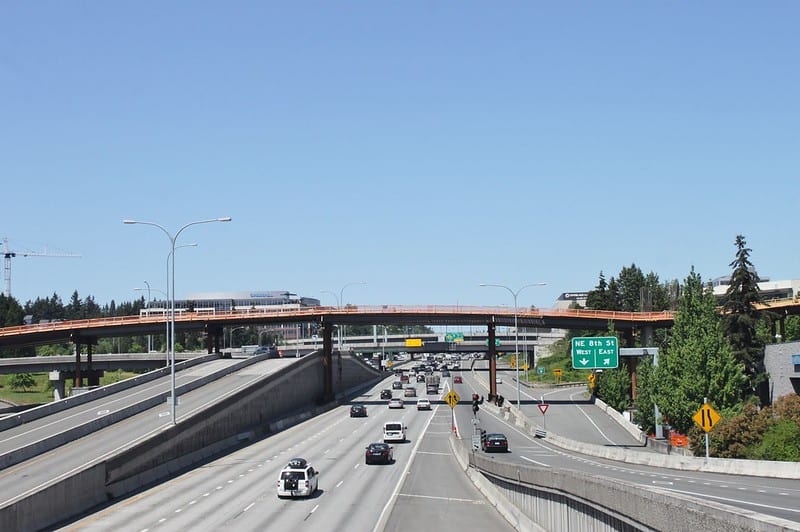
One of SoCal's most important highways is getting a major overhaul to ease traffic congestion and make way for shorter overall commute times. Specifically, the I-405 widening project will include work across 16 miles of the highway, an area spanning from Long Beach to Costa Mesa. It will include the addition of general purpose lanes and tolled express lanes in each direction, the addition of auxiliary lanes, ramp improvements, interchange reconfigurations, upgraded utilities, modified overhead railroad crossings, and more. The total project is expected to cost $1.2 billion. It's estimated that about 300,000 vehicles travel the highway each day, and traffic volume is expected to increase significantly in 20 years.
3. California's I-5 North Coast Corridor Project
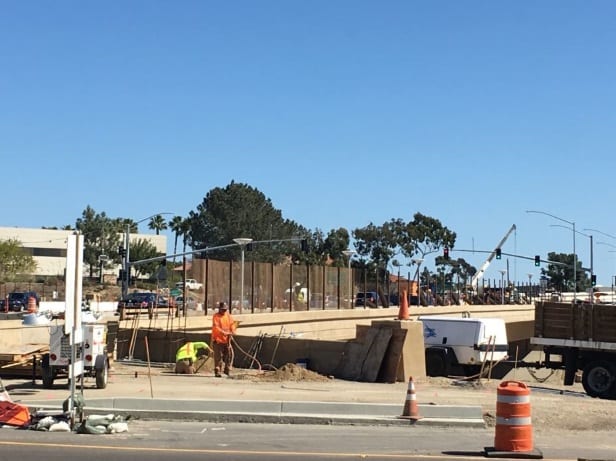
Another big SoCal infrastructure project, workers are improving 27 miles worth of highway along San Diego's northern coastal area. It's a range that encompasses cities that include Oceanside, Carlsbad, Encinitas, and Del Mar, among others. As an essential throughway to Mexico and Canada, and an important part of the country's highway transportation system – for tourists, commuters, and trucking alike -- the I-5 project will include the addition of high occupancy vehicle lanes, interchange improvements, truck-specific lanes, pavement replacement, and more to help improve safety and reduce congestion. The project is expected to cost $1.3 billion.
4. Virginia's Hampton Roads Bridge-Tunnel Expansion Project
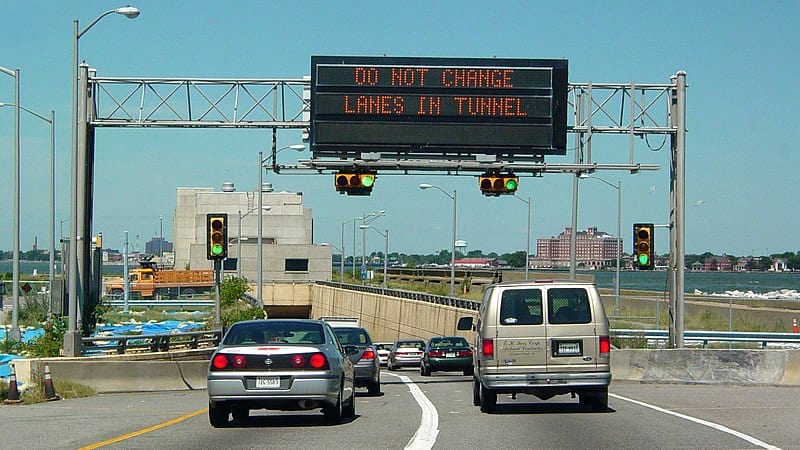
The $3.3-billion Hampton Roads Bridge-Tunnel (or HRBT) expansion is the biggest project in the history of the Virginia Department of Transportation (VDOT). The project will consist of the construction of a four-lane tunnel and a widening from four to eight lanes on I-64 in an area between Hampton and Norfolk. It's a massive undertaking that's expected to greatly enhance travel through one of Virginia's significant through-routes. But Virginia motorists will need to exercise patience, as the project isn't expected to be completed until 2024.
5. Texas' I-635 LBJ East Project

The Dallas area isn't just one of the largest metropolises in the nation, but also among the most congested and in need of improvement. The $1.7 billion I-635 LBJ East Project aims to ease congestion via the widening and rebuilding of about 11 miles worth of highway. Intersection improvements, the addition of a bridge, and other general improvements are expected when the work is completed. The project is expected to be substantially completed at some point in 2024.
The above projects are just a snapshot of the transformative projects that are helping to drive America forward. And as is the case with any construction project, teams should always be looking for ways to improve efficiency and productivity to minimize disruption and deliver roads faster. This is applicable not just in the United States, but worldwide -- especially as the world's population continues to increase year over year.
Here's a closer look at three winning strategies that improve road and highway construction:
Are you using the right technology on your jobsite? Whether you're looking to further adopt and embrace new technologies, or if your firm is just looking to take its efforts to the next level, there are few tips that you should abide by for best results:
For any technology to serve any project to the max, it needs to be standardized across all project teams. When projects involve large, disperse teams, standardization is essential for keeping everyone on the same page.
Teams should start by outlining the processes in the planning and execution phases on infrastructure projects that they use or expect to use. From there, these processes should be measured, and preliminary standards should be set for teams and stakeholders to define benchmarks to meet. As processes are adhered to over time, teams should continue to measure, mark, and refine processes to better align with the standards they've set. A few areas you can get started with pertaining to standardization include:
We talk a lot about becoming more data-centric, and infrastructure projects are no exception. Any road and highway project should rely heavily on mass coordination, communication, and the most up to date plan. Otherwise, it's going to be challenging to track progress and assess work quality. The only way to enhance any type of construction – regardless of whether it's infrastructure work or in another market – is to take your data collection and analysis to the next level.
Research indicates that poor technology implementation is potentially costing more than $175 billion total in lost productivity. Infrastructure projects are particularly at risk of lost productivity due to the amount of time projects take to complete and how spread out crews typically are on jobsites. Every missed detail or vacant data point can lead to a ripple effect that can impact the entire project.
The good news is there are ways to avoid these mistakes and lost productivity – and it starts with becoming more data-centric. Start by connecting the design and construction teams through a common data environment. Get rid of the dated, clunky process of sharing files via email – store all data in a single location to streamline productivity and efficiency by boosting collaboration. By starting early and connecting everyone in all phases of the project, you'll be able to anticipate delays and other issues better before they arise.
The importance of road construction and infrastructure projects are only going to increase. For road and highway construction teams, now is the time to reassess workflows and adopt the right technology and strategies to take your firm's efforts to the next level.
